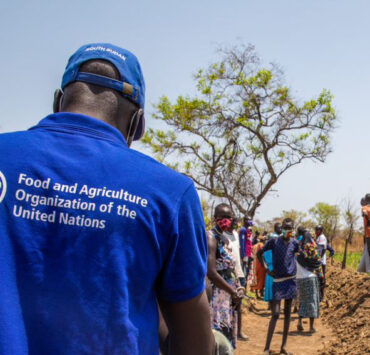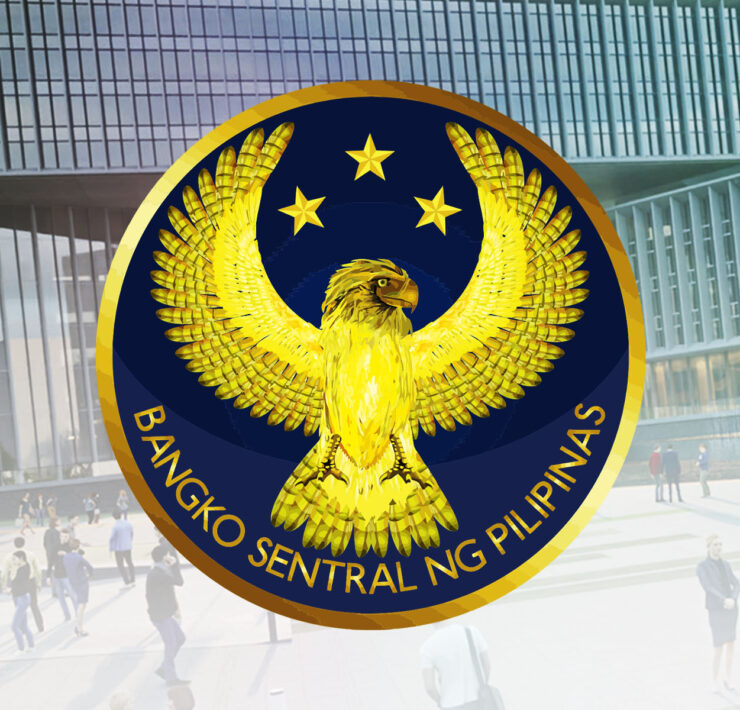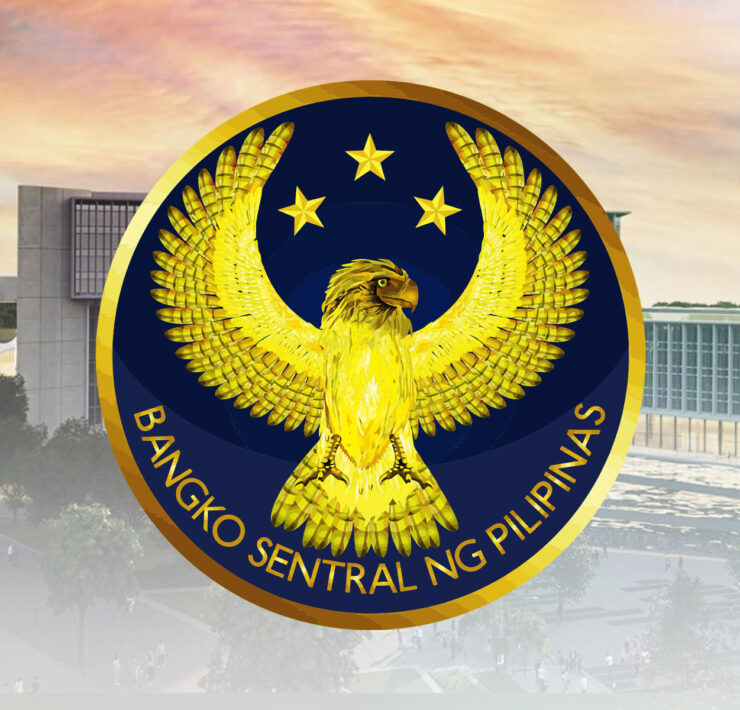ADB launches new PH strategy, earmarks initial $24B

The Asian Development Bank (ADB) launched a new lending program for the Philippines spread over six years while the World Bank (WB) is also preparing one to help the country reach upper-middle income status while staying resilient in the face of climate challenges.
In a statement on Thursday, ADB said sovereign lending to its host country is expected to total $24 billion between 2024 and 2029 under a new “country partnership strategy” for the Philippines.
And there’s potential for the Philippines to borrow more, ADB added, citing “substantial government demand.” ADB said the lending plan seeks to balance its support for human development and climate change resilience with the country’s need for more infrastructure financing.
“The Philippines is on a path to becoming an upper middle-income country. But more needs to be done to ensure the impact of the strong growth is felt by all Filipinos, most especially the vulnerable sectors of the economy,” Pavit Ramachandran, ADB country director for the Philippines, said.
“Human development, climate resilience and resilient infrastructure are not separate endeavors but are deeply interconnected. They must come together in a cohesive strategy to help the country achieve inclusive and sustainable growth,” Ramachandran added.
New WB plan
Last year, ADB provided $4.5 billion in both sovereign and nonsovereign assistance to the Philippines. Ramachandran said “we expect to sustain a similar level of annual financial support” under the new country partnership strategy.
“This is an indicative amount which is subject to annual review with the government. Our support includes project preparation and feasibility studies for the government’s big-ticket investments,” he added.
The Philippines has remained in the lower middle-income country (MIC) group under the latest rankings of the World Bank for fiscal year 2025. The country has been classified as a lower MIC since 1987, reflecting the slow progress the country is making to expand its economy in step with population growth.
And climbing to the upper MIC group in the coming years will also be more difficult for the country after the World Bank increased in 2023 the threshold for upper middle-income status to a gross national income per capita of between $4,516 and $14,005, from between $4,466 and $13,845 previously.
Despite this, the Marcos administration said the country can still move up to the upper MIC bracket by next year.
Separately, World Bank said it was also crafting a new lending plan for the Philippines under its upcoming Country Partnership Framework 2025-2028.
The Washington-based multilateral lender said the new development credit program seeks to “support better quality of life for all Filipinos” by boosting human capital, disaster resilience and environmental sustainability.





















